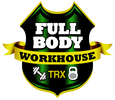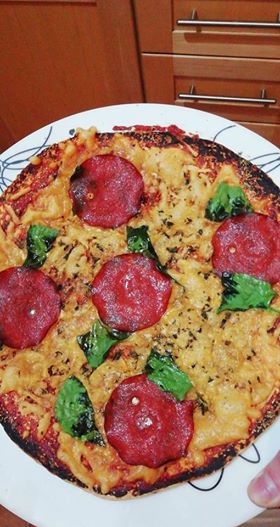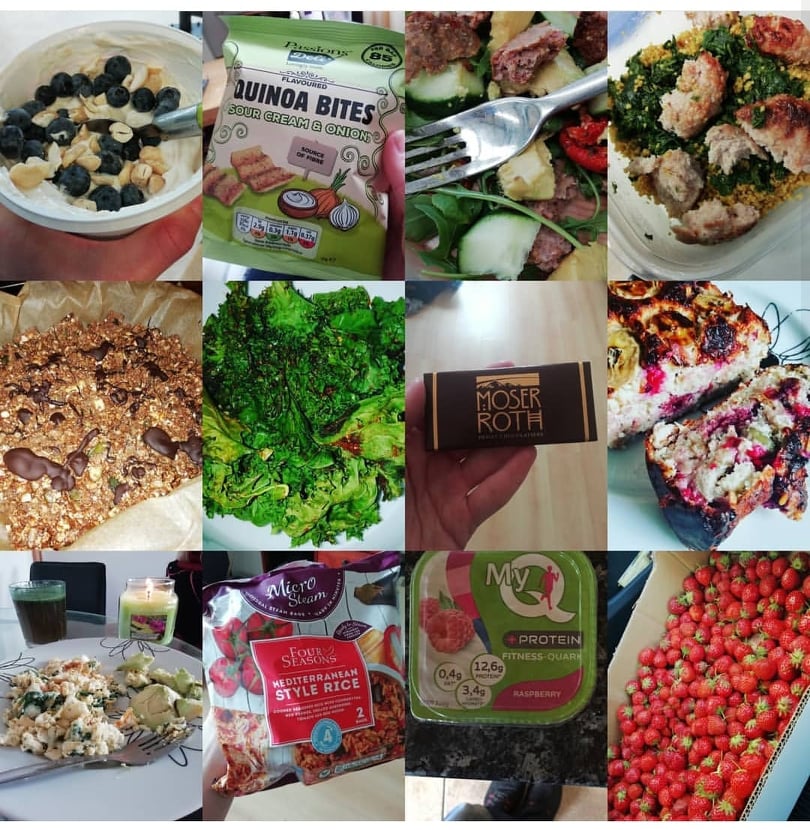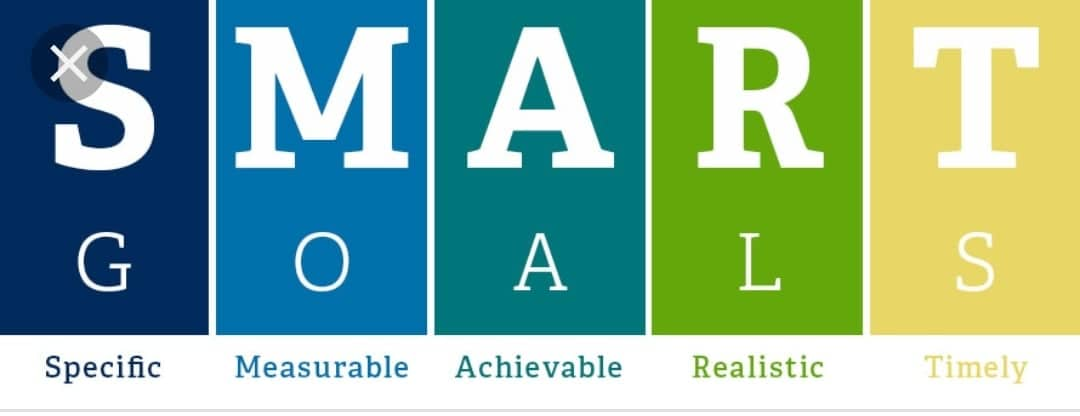but there are some differences. Will you build muscle by lifting heavy weights for low reps?
Yes. Will you build muscle when lifting low weights with high reps? Yes, but you may not
get the strength benefits. In order to get strong, you must lift heavy. As the saying goes,
“Wanna get strong? Lift heavy and lift often”.
Specificity is important when you have any fitness goals. The law of specificity overrules all
other laws when it comes to program design. It is pretty obvious that, to get better at any
activity, you must precisely practice the skill you wish to develop. You are training for a half
marathon; this goal is specific. How do you prepare? Running is the obvious answer and
people know this. Yet, when it comes to other specific goals, people become more general
(rather than specific). You wouldn’t train for a half marathon on a rower machine and assume
that just because you’re working the whole body (heart and lungs included), that you will be
fit for a 21km run. This is what I mean by general. You can generally train your body to be fit
(both cardiovascular and physical), but if you have a goal you must become more specific.
Yes, rowing can benefit your running, but it is still only a complimentary exercise rather than
a substitute. So it is important to know, what is strength to you? Is it squatting 1.5 times your
bodyweight, deadlifting 2 times you bodyweight or even benching your bodyweight? These
are general metrics used but strength for one person will be different for another. Be specific
at what you want to get strong at. Once you have that down, you can begin to train
Practice technique as you can always aim to perfect it. Stick within 70% and 90% of you’re
on rep max, this way you are still working with heavy weights and can still drill your
technique, as anything lighter than 70% will build muscle but not practice strength and
anything above 90% may result in a breakdown of technique. Increase your work capacity
through a variety of workouts. Keep the main lifts in and focus on building them, but use
accessory lifts as a tool to improve the main ones. Avoid injury where possible, this involves
leaving your ego at the door and being intelligent in your lifts. Add muscle mass, the
strongest athletes are generally the biggest ones too. A study by W.F Brechue and T. Abe was
published in the European Journal of Applied Physiology in 2015. They looked at the role of
fat free mass accumulation and skeletal muscle architecture in powerlifting performance, they
found that muscle thickness was strongly correlated to elite power lifters performance in their
squat, bench and deadlifts. There are many ways to build muscle, mechanical tension is
useful here as you practice lifting heavy things here, metabolic stress is working near failure
and muscle damage which is a variety of movements.
Rep ranges are important for getting strong; of course you should lift using different weights
(60-95% of your one rep max). But in order to get strong, utilise the main lifts within a 70%-
90% ratio as explained above. Let’s explain how many reps are generally done at each
percentage.
70%= 12 reps
75%=10 reps
80%=8 reps
85%=6 reps
90%=4 reps
I cannot speak about getting stronger without mentioning nutrition, as well as lifting yourself
strong, you must eat yourself strong. This is where a lot of people fall. More often than not,
over-training or burning out is a result of under eating as opposed to actually ‘over-training’.
You must eat above maintenance and eat in a surplus with nutrient dense foods. Calories are
important here and you must consistently eat in a surplus to maximise your strength.
Remember, what gets measured get managed.






 RSS Feed
RSS Feed